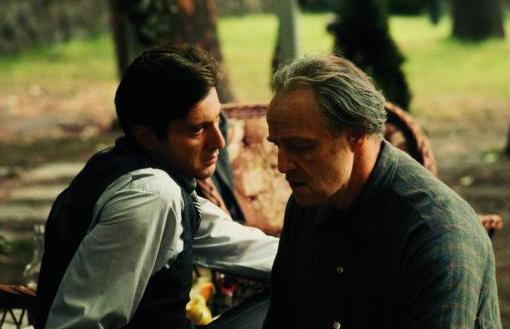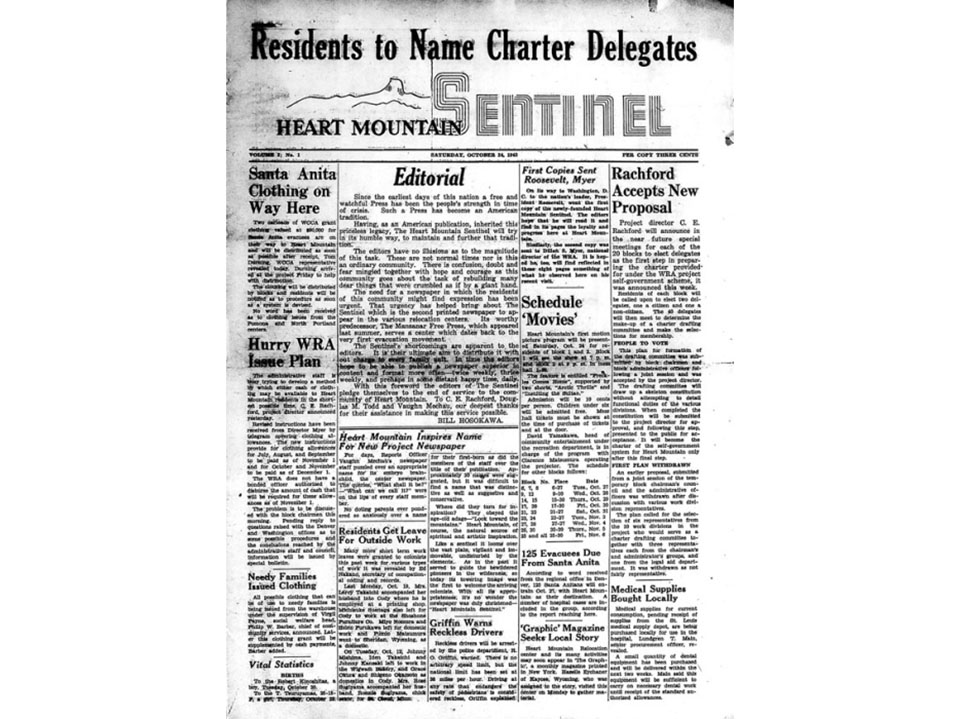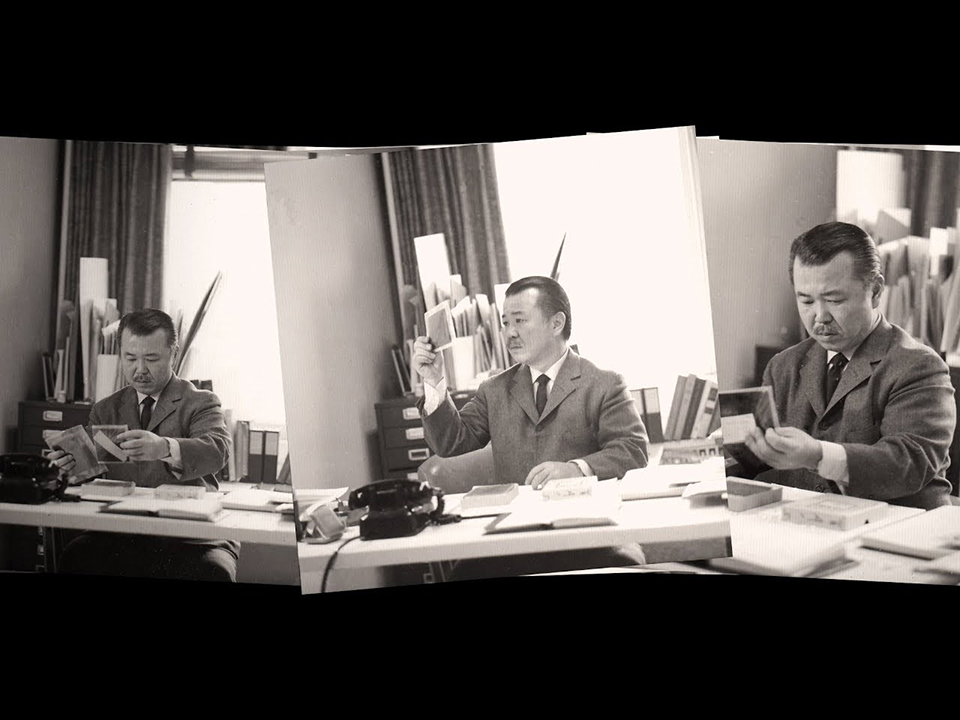Who was the puppet-master behind ‘The Godfather’ book cover?

Mario Puzo’s 1969 novel sold over nine million copies, breaking records in the three years before the film’s release; it has since become one of the best-selling books of all time.
The cover artwork, designed by legendary graphic artist S. ‘Neil’ Fujita, is as iconic as the story itself. Fujita created the typeface, ‘The Godfather font’, and conceptualised the logo of puppet-master pulling the strings behind the scenes. The hand-drawn design became so synonymous with the story that it was also used for the film’s poster art.

“I never wanted this for you. I work my whole life — I don’t apologize — to take care of my family, and I refused to be a fool, dancing on the string held by all those big shots. I don’t apologize — that’s my life — but I thought that, that when it was your time, that you would be the one to hold the strings.”
And yet, The Godfather design is just a small part of Fujita’s story.

Sadamitsu ‘Neil’ Fujita was born 100 years ago in Hawaii to Japanese immigrant parents. He was studying art at age 20 when the Japanese attacked Pearl Harbour and he became a victim of Executive Order 9066, which led to the unconstitutional detainment of more than 100,000 men, women and children of Japanese descent in the US. His wartime experience began as an incarceree at Heart Mountain Relocation Camp, where he signed on as art director of the camp newspaper; later, he volunteered to join the US military (as did thousands of his fellow incarcerees), fighting for a country that had only recently deprived him of his civil liberties.

After the war, Fujita completed his studies and got a job with an ad agency, where he honed his avant-garde graphic design style. One particularly successful ad drew the attention of Columbia Records. They hired him to build a design department and gave Fujita the challenge of transforming their album artwork.
“I got a call from Bill Golden who says he is recommending me to run the art department at Columbia Records. He said that I would be starting from the ground up by building an internal graphic design staff. He also said, ‘Neil, if do this you’ll be taking work and income away from the two studios that have been working with us for many years, so you’re going to meet up with a lot of crap. First of all, you’re Japanese and you’re going to be called all sorts of names … Do you still want to do it?'”
S. Neil Fujita
Fujita accepted the role and rose to the challenge.
It required reconceptualising what an album cover could be. Previously, covers might have had a photo or basic illustration with simply the name of the artist; Fujita brought abstract original works of art that showcased the music. His creations enclosed albums that are considered some of the greatest jazz works of the 20th century.

“He made works of art that spoke of the sound and texture and love of the people who were making the music. He felt what they were doing, and he put it on a canvas.”
Bubba Jackson on Fujita
At Columbia, Fujita became the first graphic designer to use painters, photographers and illustrators for the production of album artwork. He also made a point of seeking diversity of views – he was one of the first to employ both men and women in a racially integrated office. After many successful years, he left to start his own firm, where he continued to break ground in the production of book jackets, such as Truman Capote’s In Cold Blood, and, of course, The Godfather.
Continue the story
WATCH
A brief look at Fujita’s groundbreaking work, with interview footage from Fujita’s son.
READ
A blog post that features a rare interview with Fujita by art director and journalist, Steven Heller.
http://eye-likey.blogspot.com/2012/06/sadamitsu-neil-fujita-designer-1921.html

View comments
+ Leave a comment